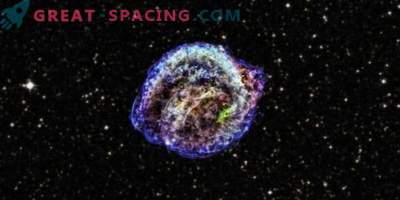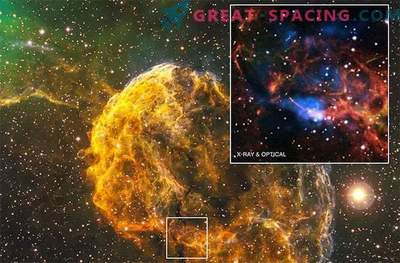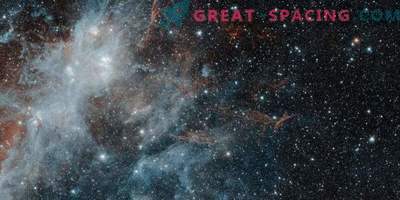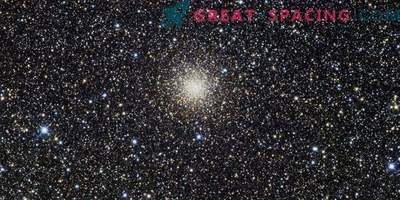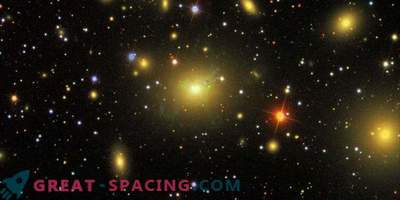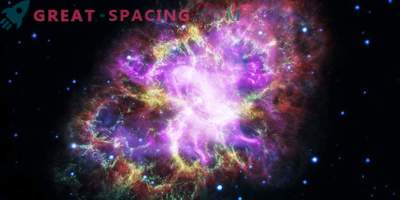
Mexican astronomers decided to conduct a kinematic study of the remnant of G109.1-1.0 (or CTB 109) supernova remnant living in our galaxy. Residues (SNR) are diffuse, expanding structures created by a supernova explosion.
The SNR contains ejected material, succumbed to the explosion and spread by the shock wave. The study of the remnants is important, because they play a remarkable role in the galactic evolution - they dissipate heavy elements into the interstellar medium and guarantee the energy for its heating. They are also believed to be responsible for the acceleration of galactic cosmic rays.

Images of various strands of CTUM 109 SNR mined by PUMA. On the left - the northeast yarn, and on the right - the southeast G109.1-1.0 lives on the Perseus arm in the Milky Way. Early analysis showed a semicircular shell morphology. But scientists could not understand its parameters, such as age, energy volume and distance.
The last analysis focused on the kinematics, which helped to determine the necessary characteristics. For this, a PUMA scanning interferometer in Mexico was used. It turned out that the distance to the remainder is 10100 light years, and the age is 9000-9200 years.
A young age may indicate that the remnant holds simple pulsars. And the system speed reaches -50 km / s with an expansion rate of 230 km / s.


